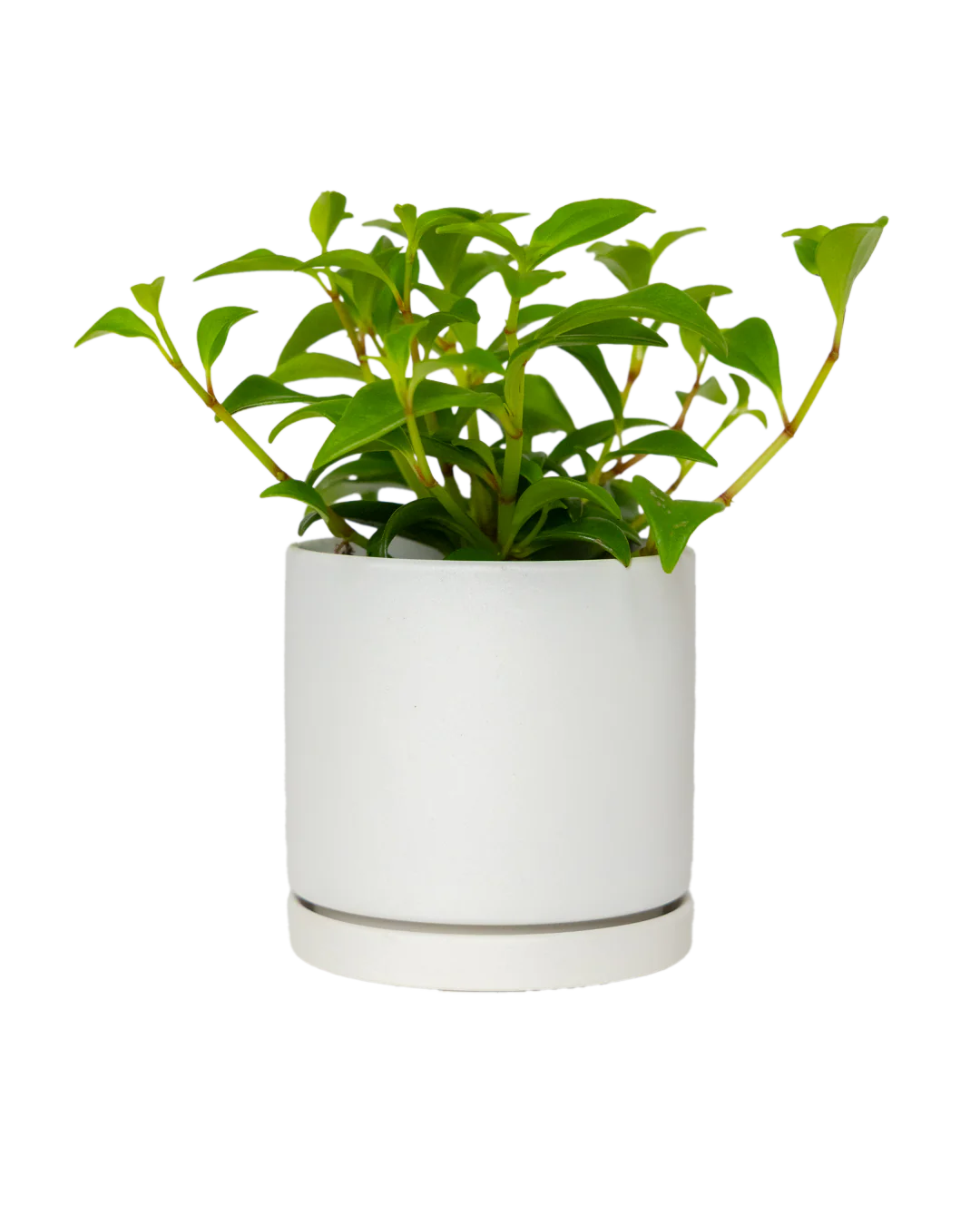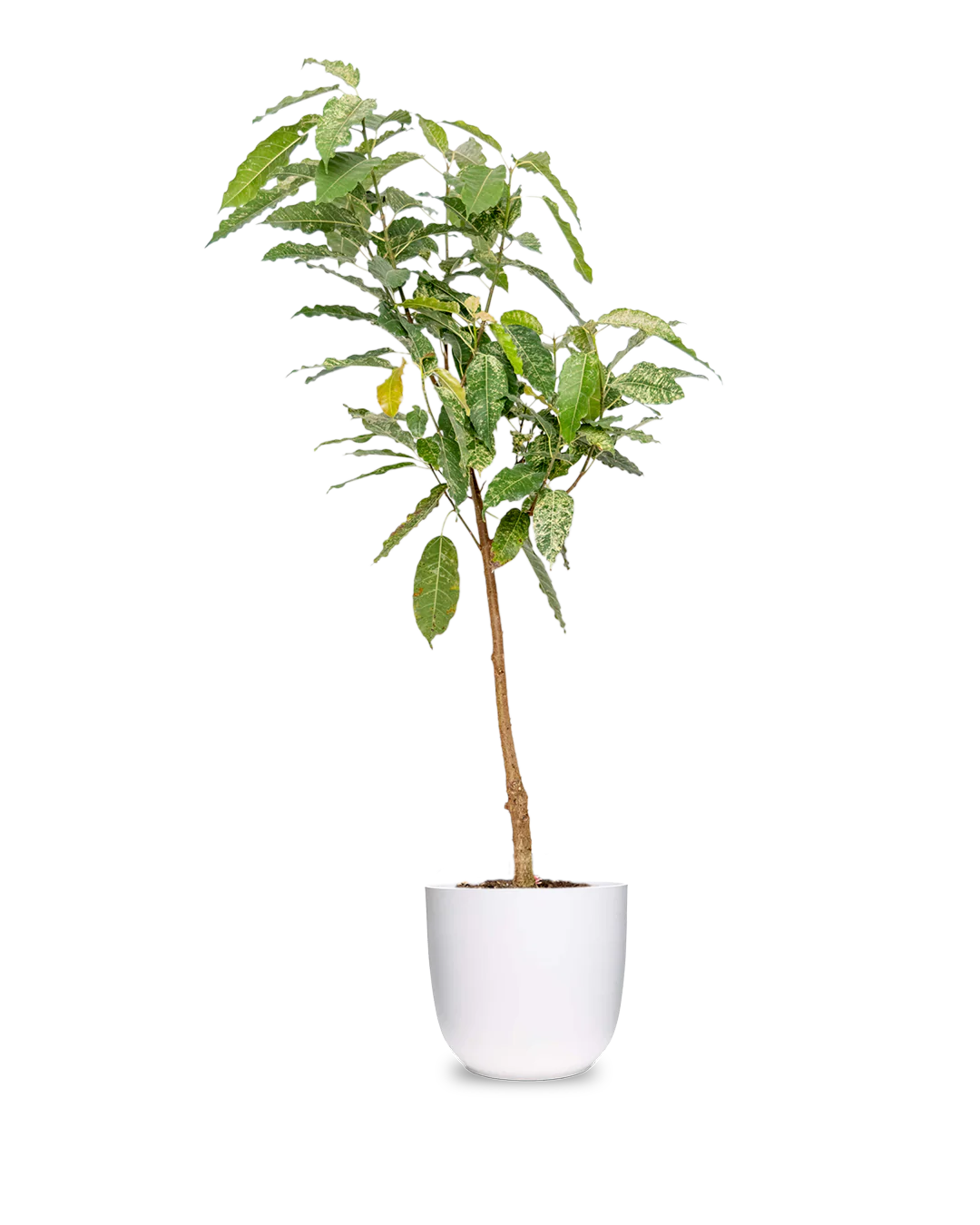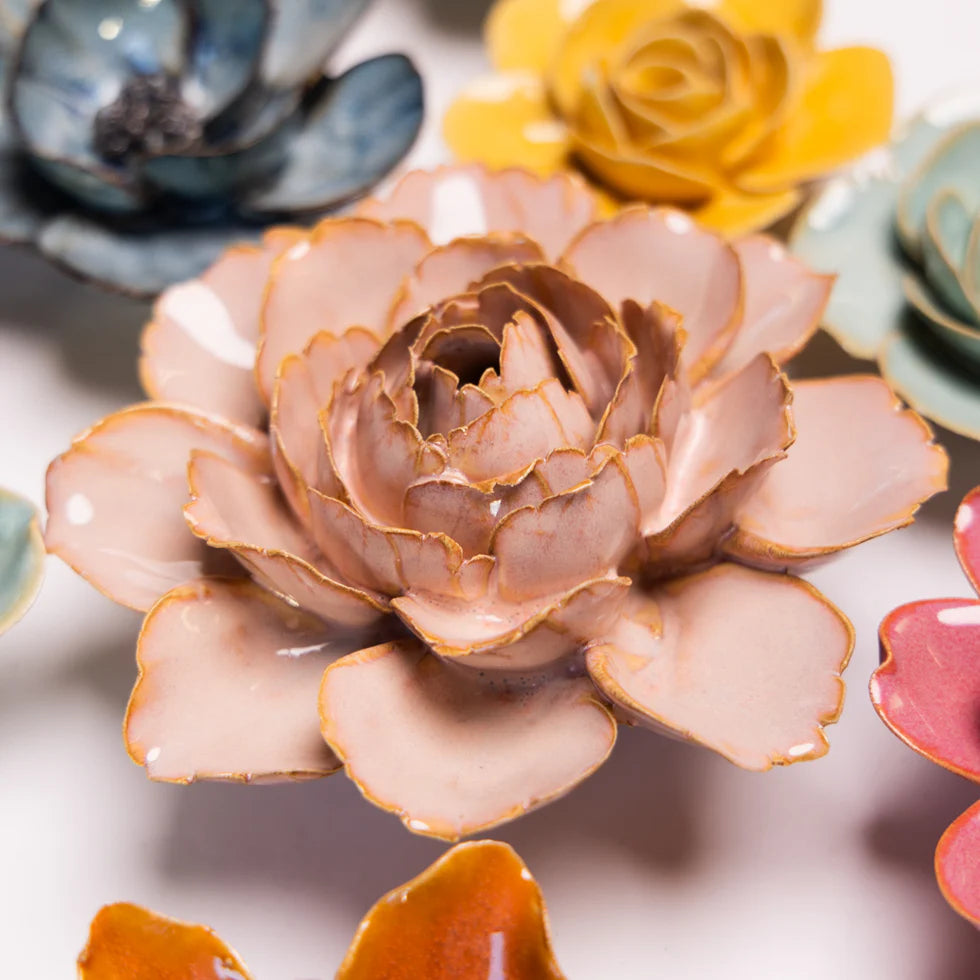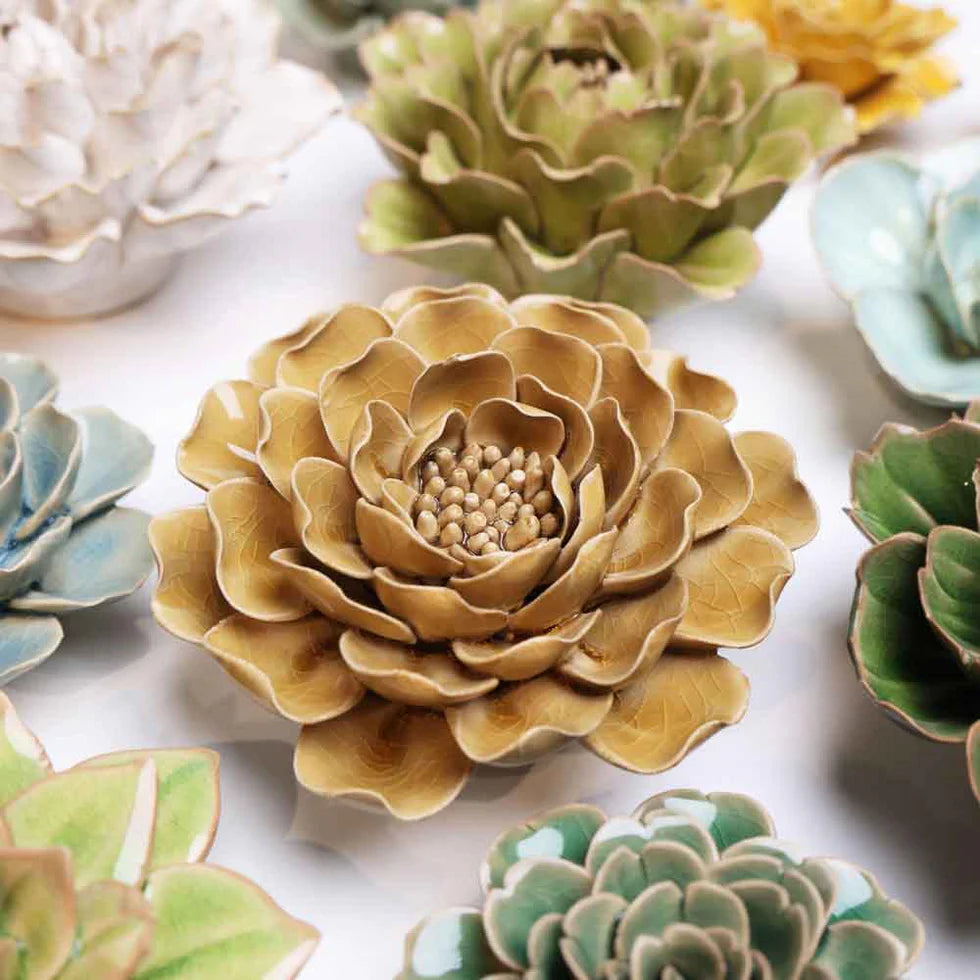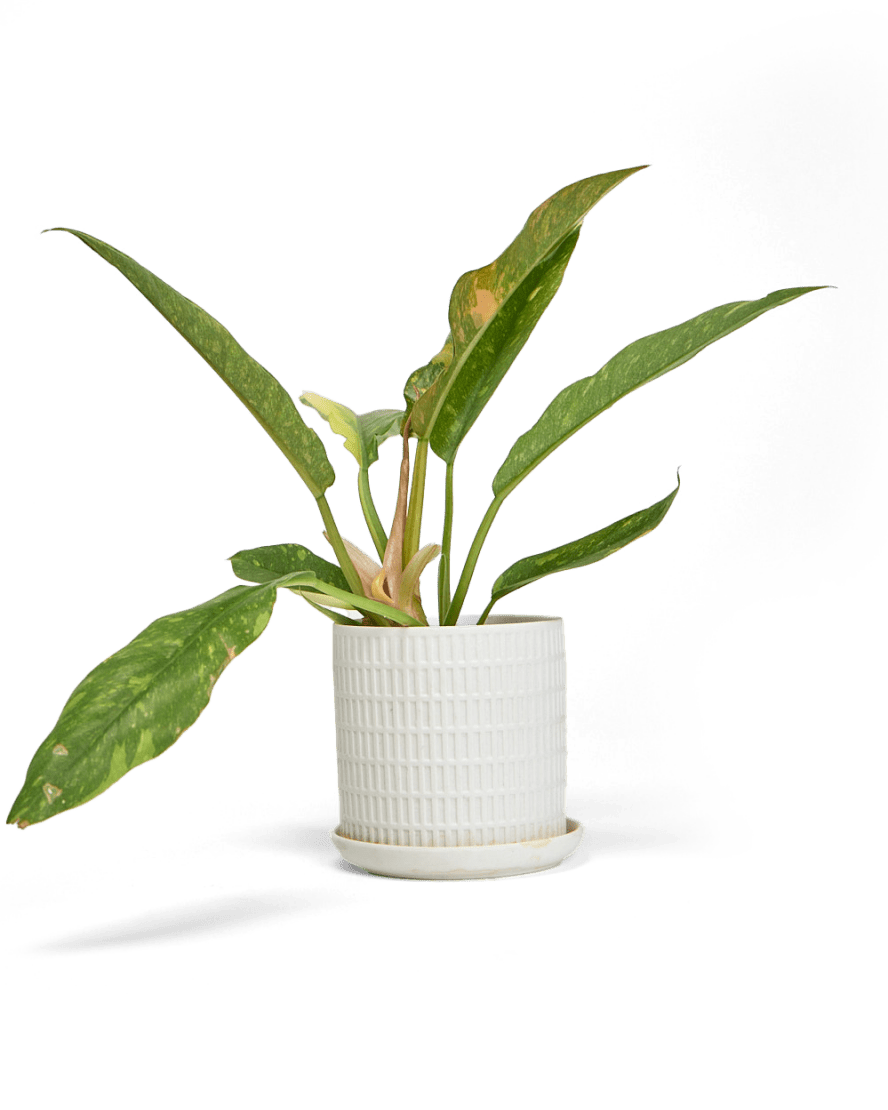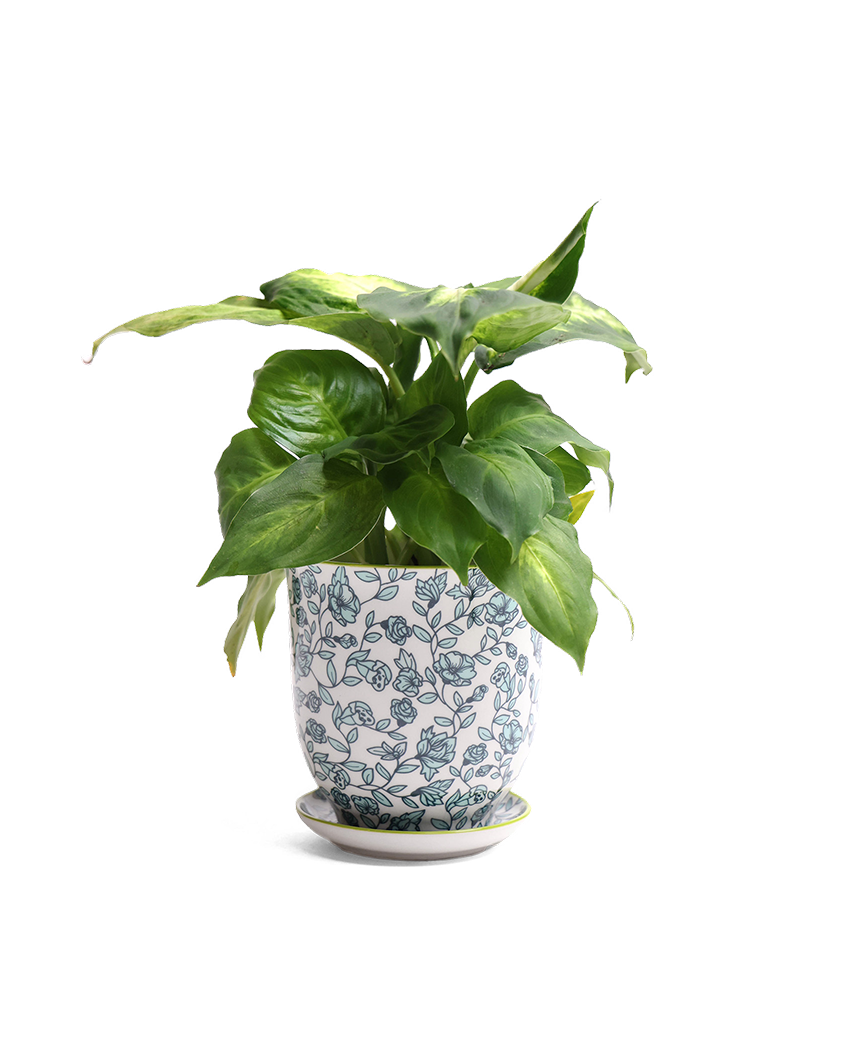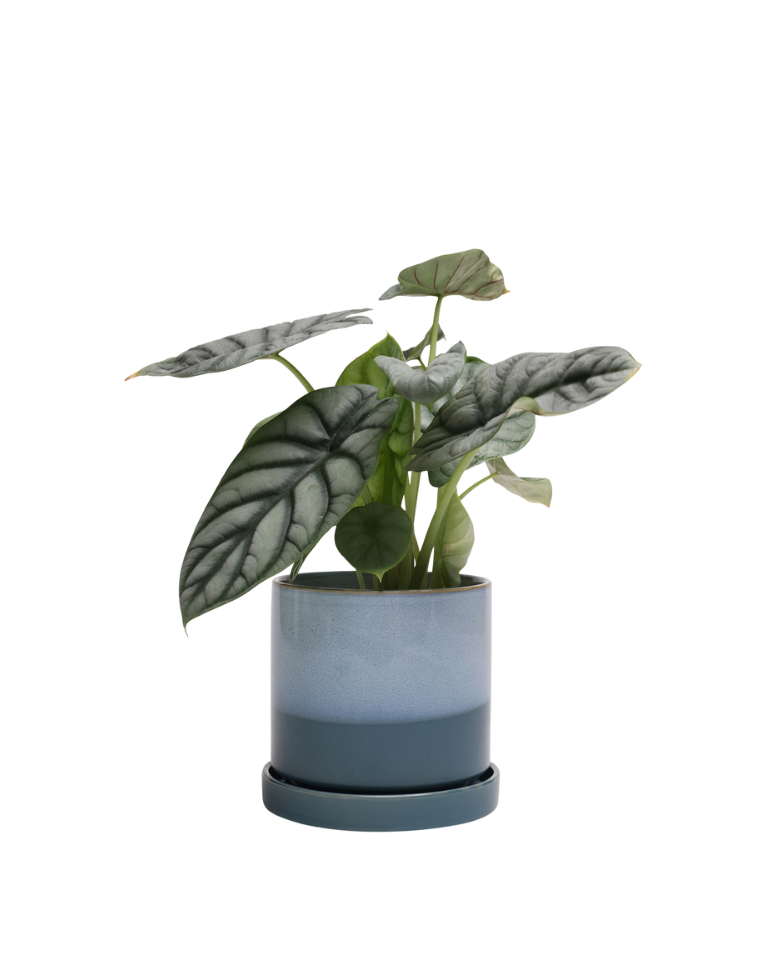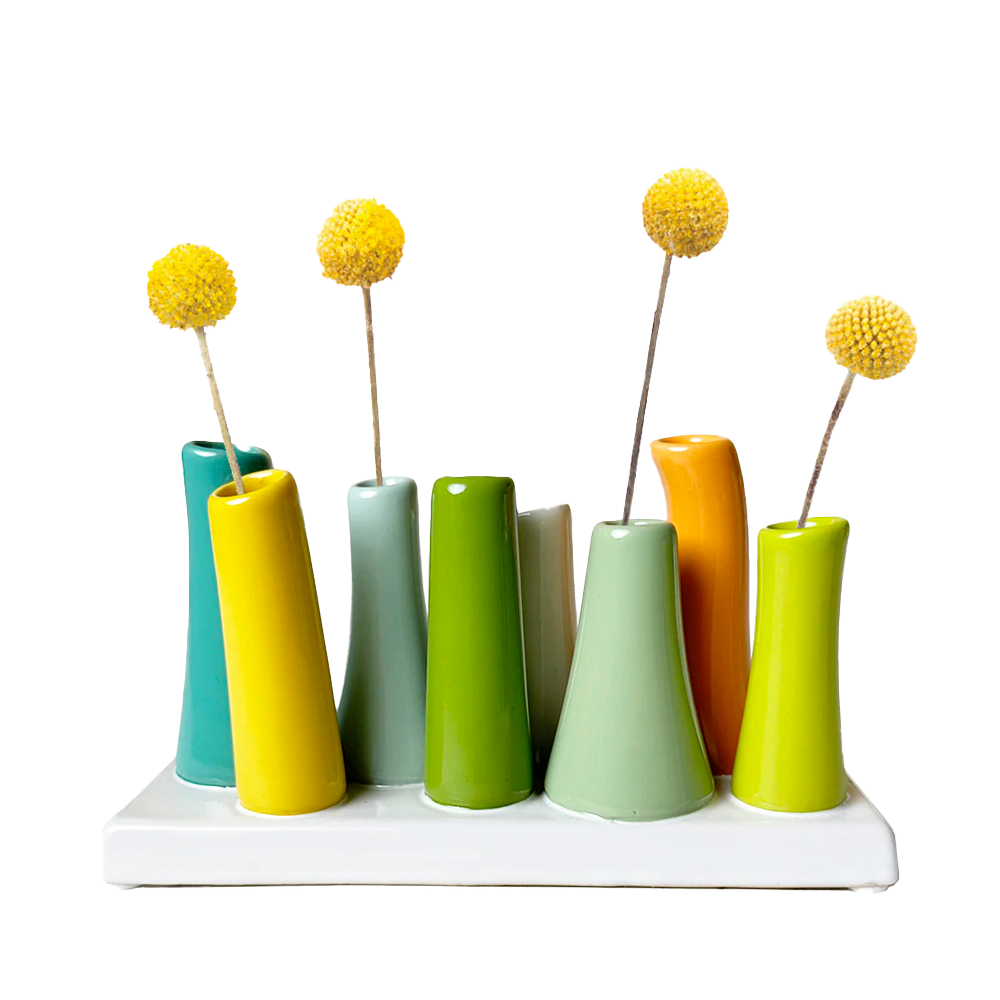
Overview
Cacti are members of the Cactaceae family – boasting thousands of species that have made their way into people’s homes one way or another. The most popular Cacti houseplants are categorized into two distinct groups – desert cacti and forest cacti. The former are the spiky ones that Wile E Coyote has a love-hate relationship with, while the latter are ones that grow in rain forests and look quite different than their usually spikey aplomb (i.e., Christmas Cactus). Desert Cacti are the toughest of houseplants – like cockroaches, they’d probably survive nuclear doom – but let’s not find out. Unusual, unique and elegant, you’ll encounter cacti of all shapes and sizes, and they make for lovely housewarming gifts for the novice plant daddy/mommy in the making.

